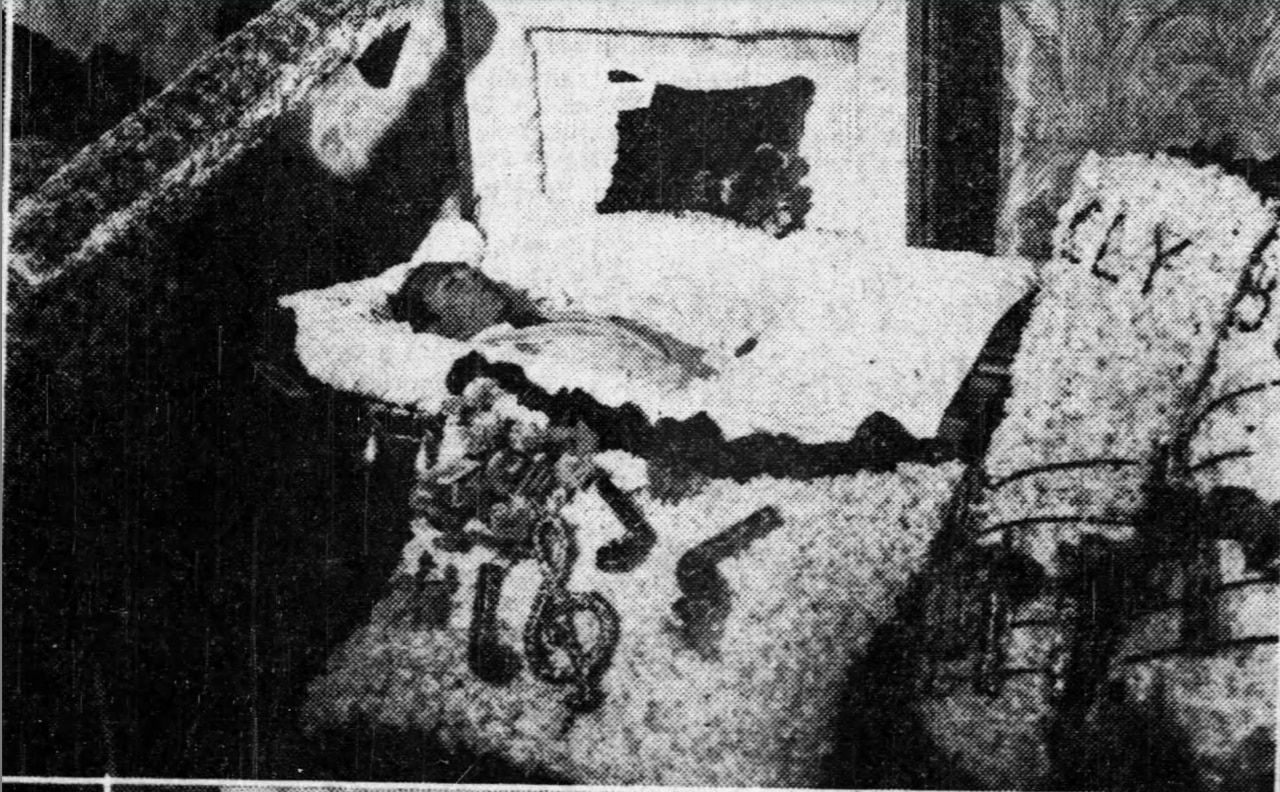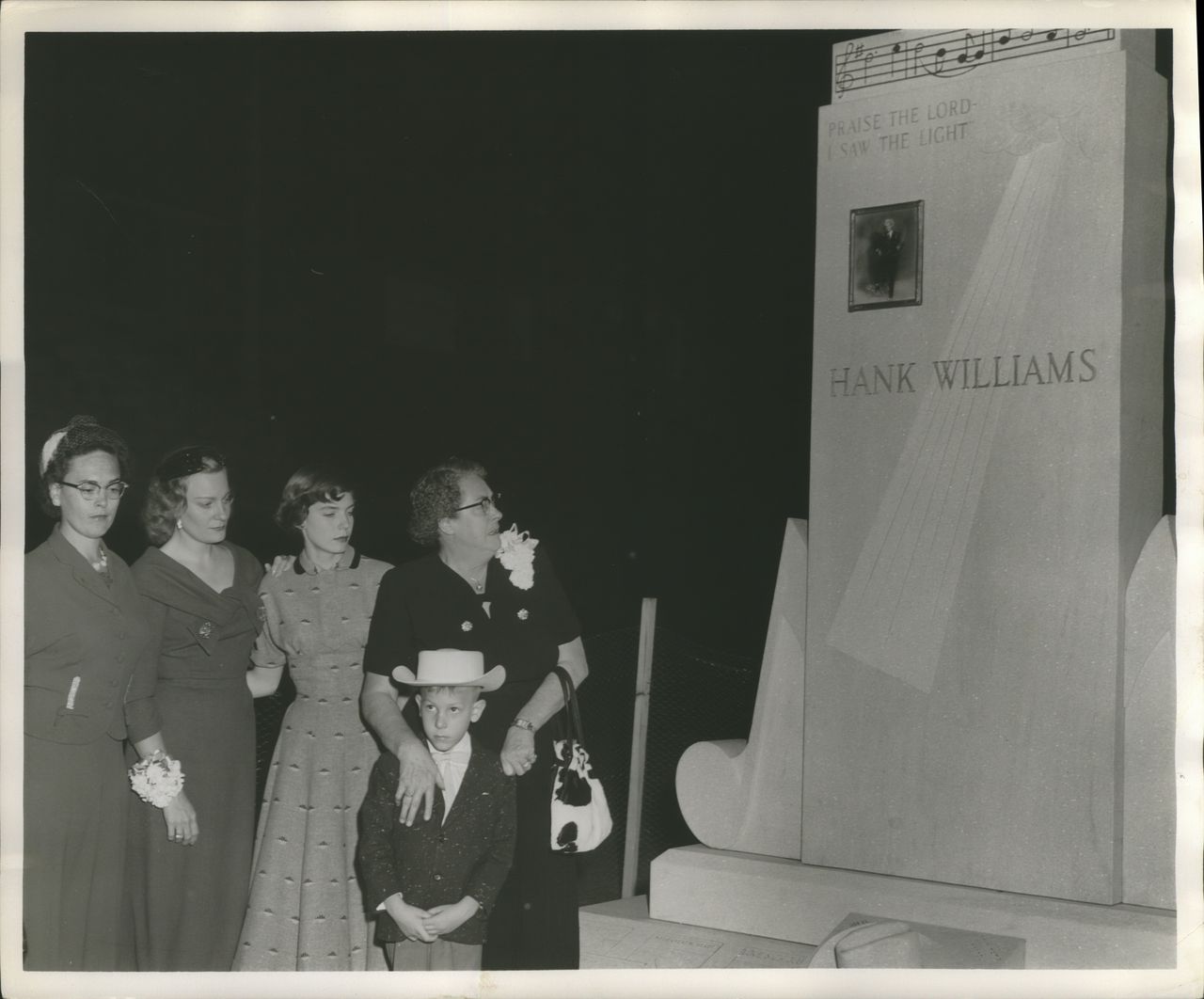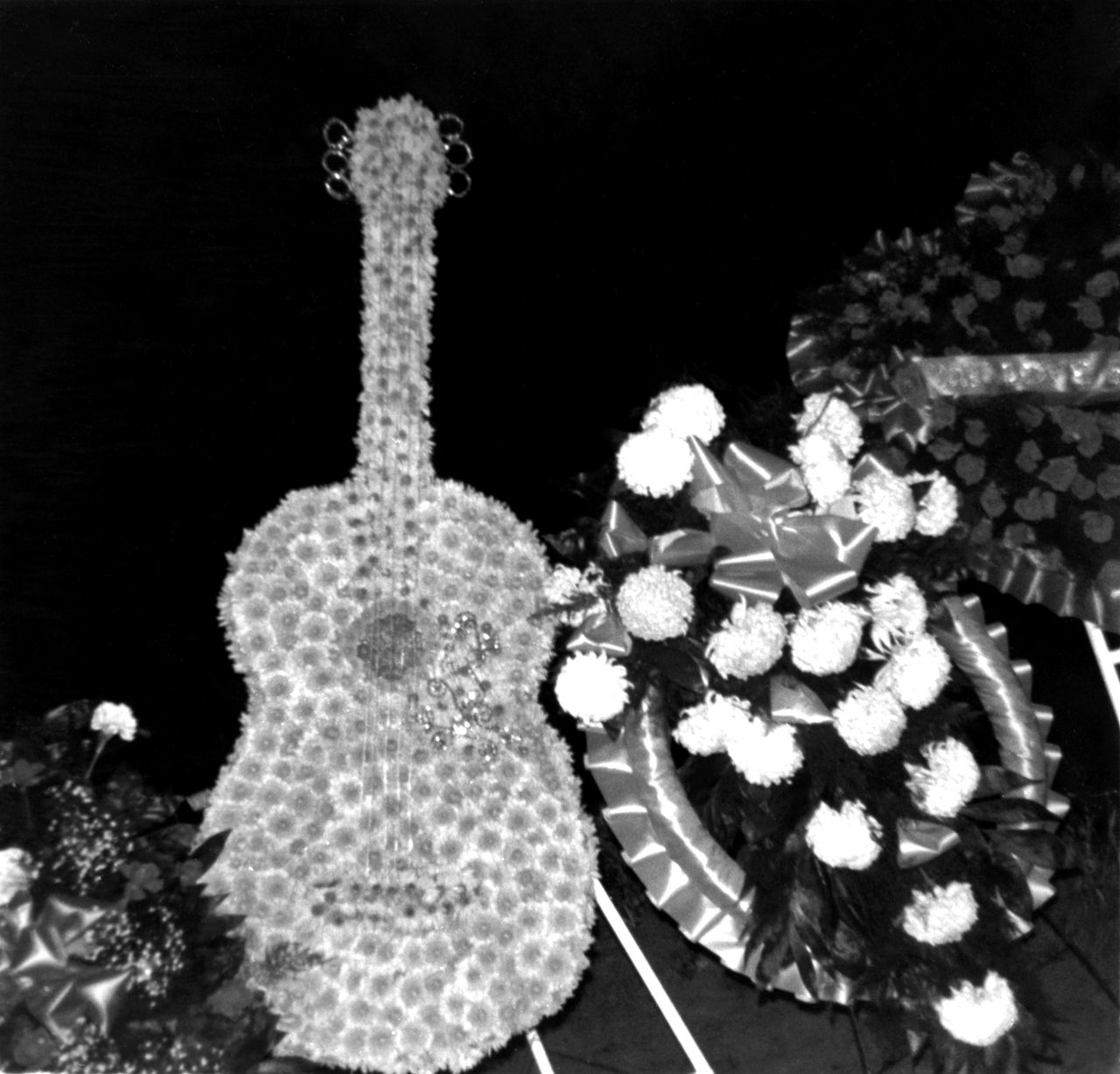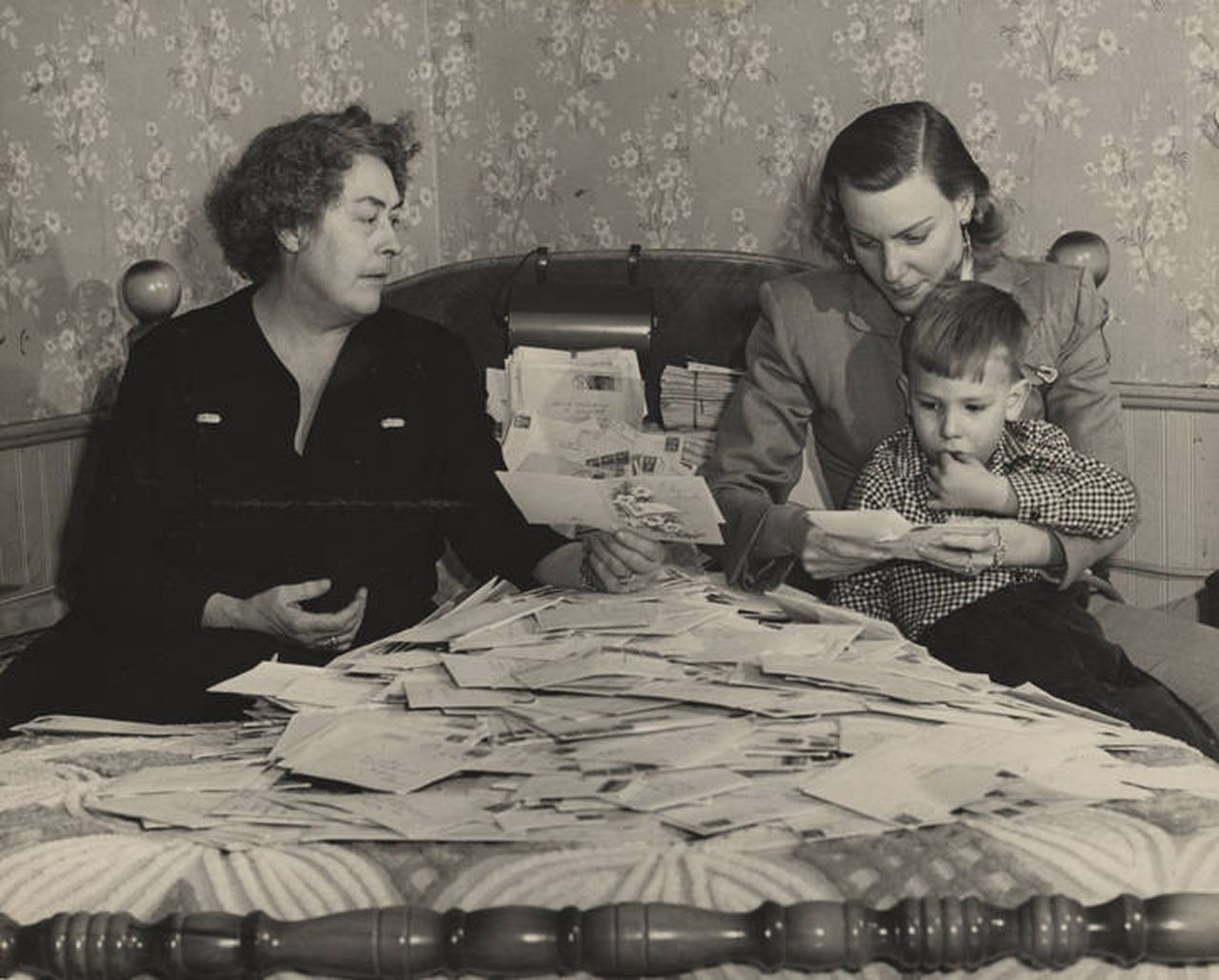Hank Williams died 70 years ago today: 1953 funeral drew 20,000 to Alabama
Hank Williams, the 29-year-old King of Country Music, was to have flown to Charleston, West Virginia for a New Year’s Eve concert but an ice storm near Nashville kept him away.
The Georgiana native hired a college student, Charles Carr, to drive him to perform a concert planned in Canton, Ohio.
Instead of performing, Williams died 70 years ago today, on Jan. 1, 1953.
Long plagued by alcoholism, Williams fell ill at the Andrew Johnson Hotel in Knoxville on the last night of 1952. A doctor injected Williams with B12 and morphine and porters carried the legendary singer-songwriter to the car.
Here are more vintage images and stories of Alabama’s past
Carr drove through the night as Williams declined his offer to stop for food. Stopping for gas in Oak Hill, West Virginia, Carr realized Williams was dead.
Police found empty beer cans and unfinished song lyrics in the Cadillac where Williams died.
As people across his native Alabama picked up their newspapers that day, they were greeted with the tragic news Williams had died.
“He was dead on arrival at an Oak Hill hospital,” the front page of The Alabama Journal read.
Williams had married his second wife, Billie Jean Jones in October 1952, as 14,000 people looked on in Louisiana where Williams hosted radio shows after being fired from the Grand Ole Opry in August of that year.
Having only recently recorded what would become some of his best-loved songs — including ‘Kawliga’ and ‘Your Cheatin’ Heart’ — Williams performed his final concert in Austin, Texas on Dec. 19, 1952. The newlyweds spent Christmas 1952 with Williams’s mother in Montgomery.
The day after Williams died, The Montgomery Advertiser recalled Williams as a former peanut vendor who learned to play guitar at age 6.
“The lanky guitar player with twangy voice began his musical career in Montgomery, singing over WSFA,” the newspaper reported.
Roy Acuff leads a host of country stars singing at the funeral of Hank Williams.
“Alabamians mourned the death of ‘their Hank,’ expressing themselves to newspapers, radio stations and to relatives staying at the home of the star’s mother,” that report continued.
“Reporters answering telephoned queries concerning Williams’ death said many of the callers cried when informed that the reports were true.”
At cafes across the South, the paper added, his songs blared over radios as news of his death spread.
That night, the singer’s body was taken back to Montgomery. At his mother’s request, the concert in Canton went on as planned.

Hank Williams in his coffin. From The Montgomery Advertiser
While her son was not on the stage, his song ‘I Saw The Light’ opened the show.
A rookie Tennessee highway patrol officer, Swann Kitts, told reporters he had stopped the Cadillac and fined Carr $25 for speeding, The United Press reported on Jan. 2, 1952.
“I told Carr that Williams looked dead but I did not press the point when Carr explained that Williams had been given two sedatives,” Kitts was quoted as saying.
“It is unimportant whether you liked his songs, whether in your opinion he created ugliness or beauty. The important thing is that he made millions of people happy,” an editorial in The Advertiser stated on Jan. 3, 1953.
(An audio recording of the funeral begins at the 7:30 mark of the video below.)
“He was racked by physical and emotional afflictions, and these coupled with his gift of song, made him kin to millions.”
The Journal that day reported WSFA received hundreds of calls and telegrams requesting the station play his songs.
About 3,000 friends of the family shuffled through his mother’s living room on Montgomery’s North McDonough Street where Williams’ body was lain in state that Saturday night.

Montgomery, Alabama – Family at Hank Williams memorial unveiling.
His funeral was held the next day, Sunday Jan. 4, 1953, at Montgomery’s City Auditorium.
“You wrote only what you felt boil up inside you. You wrote only what happened to you and the people around you,” Advertiser columnist Allen Rankin wrote on the day of the funeral.
Stars of the Grand Ole Opry were expected along with thousands of fans to bid farewell to Williams. They began to fill the auditorium hours before the afternoon funeral.
Before it was over, some 20,000 people had filled the auditorium and the street outside for what was described as the largest funeral in Montgomery’s history.
People from 35 states were said to have made the trip to say farewell to Hank.
Roy Acuff, along with a host of country’s biggest stars, performed “I Saw The Light.”

MONTGOMERY, AL – JANUARY 4: Guitar themed flower arrangements adorn the gravesite of country singer Hank Williams as he is laid to rest at the Oakwood Cemetary Annex on January 4, 1953 in Montgomery, Alabama. (Photo by Michael Ochs Archives/Getty Images)Getty Images
“He was one of the finest young men that we ever knew,” Acuff said.
Ernest Tubbs began the funeral with “Beyond the Sunset” and Red Foley and The Statesman Quartet sang “Peace In The Valley.”
Country music legends June Carter and Bill Monroe were among those who filed past his open casket as Hank’s band, The Drifting Cowboys, backed up those singing tributes to the fallen star.
One woman was carried out after she collapsed. She cried out, “He’s gone … gone” over and over as firefighters helped her out. Hank’s first and second wives watched from the front pew.

Lillie Stone, Audrey Williams, and Hank Williams, Jr., seated on a bed while looking through letters and cards received after the death of Hank Williams, Sr. They are in a bedroom in the home of Lillie (Hank Williams’s mother) on North McDonough Street in Montgomery, Alabama.
“When he played on his guitar, he played on the heart-strings of millions,” pastor Henry Lyons of Highland Avenue Baptist Church told the crowd gathered on Perry Street.
Beside Hank’s coffin were two large wreaths shaped like guitars, another set of flowers was shaped like a Bible, two lamps were shining purple lights, and in his hands there was a small Bible.
This being the days of Jim Crow, the 200 Black mourners were in a segregated balcony.
“If this world should last a thousand years,” Lyons said, “Hank shall remain dear to millions of hearts.”
Lyons recalled how Hank rose from being a shoeshine boy to star of the stage.
“He had a message. It was swelling in him like a great body of water behind a massive dam,” Lyons said.
“There was desire, burden, fear, ambition, reverse after reverse, bitter disappointment, joy, success, sympathy, love for people. It was all in Hank’s heart. The break had to come,” he added. “Hank Williams had something that humanity universally needs — a song with a heart-felt message.”
A line of thousands filled two-and-a-half city blocks as the funeral procession carried Hank to Oakwood Cemetery.
